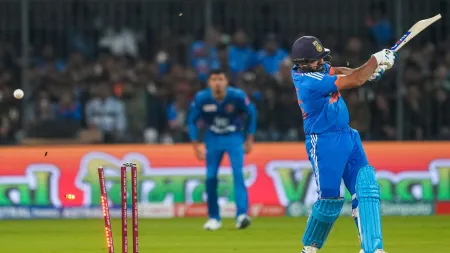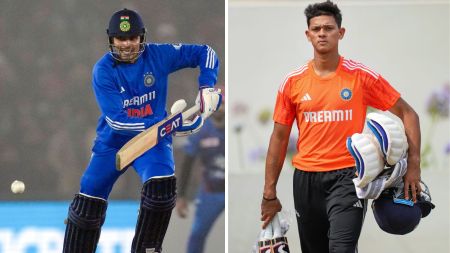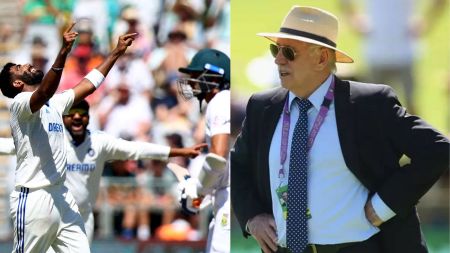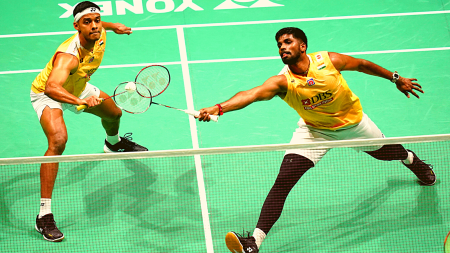Liberos might not exist but Beckenbauer’s soul is still integral part of modern football
It was a slap that changed the course of German football. Growing up in Giesing, a war-ravaged working-class suburb of Munich, now in the vicinity of the Olympic Stadium, young Franz Beckenbauer was a pacy centre forward who wanted to play for 1860 Munich, the strongest German club in the 1950s. But as destiny charted, during an U-14 game for local team SC 1906, he was fiercely marked and supposedly slapped by Gerhard König, the 1860 youth team defender. In anger, he refused to join 1860 and signed for then minnows, Bayern Munich.
At Munich, a sharp youth coach realised that he was so skillful and quick, he was prone to rugged tackles and injuries. So he decided to hide him in the midfield, probably knowing that the kid was so intelligent and technically sound that his attacking prowess would not be stifled wherever he played. He would spend his early days as the base of midfield, more like a deep-lying playmaker as well as a defensive cover, before he was shifted to the heart of the defence. But his instincts meant he would carry the ball upfield and score goals (he scored seven in his first 13 appearances for his country).

But after the 1966 World Cup, he had a rethink. Why not sit behind the centre-back in the sweeper role and then maraud forth? The sweeper—the discovery of the role credited to Austrian coach Karl Rappan who found success with Swiss club Servette and the Swiss national side in the 1930s and 40s with this method— was the deepest defender, whose primary duty was to roam around and avert danger. Ridiculed as a hyper-defensive strategy, it would become a fundamental part of Italy’s catenaccio.
So Beckenbauer would lurk behind the back four. He offered cover behind the defenders, when the latter were man-marking the forwards. He would initiate the press, especially in the central channels. He was so good with the ball that he could start the counterattack with a quick offensive transition, or carry the ball upfield. His passing range was so sublime that link-up play with the forwards.
End of libero
Effectively, he was the deepest lying playmaker rather than the deepest defender. Besides, he was a goal-scoring threat himself too. He revolutionized and glamourized the role. The sweeper would become the libero, and would become an integral part of several successful teams. Like the Franco Baresi-inspired AC Milan.
But as decades rolled on, rules tweaked and new strategies emerged, the liberos became redundant. It’s the cycle of football strategies. Every great method – passing, pressing, catenaccio; the back four; total football, tiki taka – most sprang up in response to rule changes. So the new off-side rule, coded in 1990—wherein an attacker level with the second-last defender is onside, whereas previously such a player had been considered offside—would ring the death knell for the liberos. It meant the sweeper added an extra body behind the defence, and thus the team’s offside line was deepened. It eased the route for forwards to get in behind especially when moving into wide spaces away from the libero. So the tribe of Beckenbauer gradually disappeared.
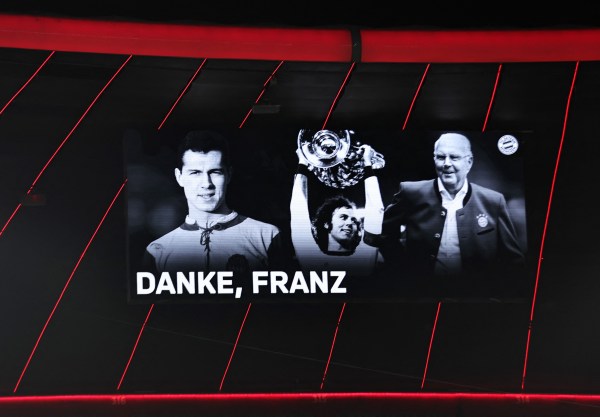 Soccer Football – Bundesliga – Bayern Munich v TSG 1899 Hoffenheim – Allianz Arena, Munich, Germany – January 12, 2024 General view as the big displays a tribute for former Bayern Munich player and coach Franz Beckenbauer inside the stadium before the match. (REUTERS/Leonhard Simon)
Soccer Football – Bundesliga – Bayern Munich v TSG 1899 Hoffenheim – Allianz Arena, Munich, Germany – January 12, 2024 General view as the big displays a tribute for former Bayern Munich player and coach Franz Beckenbauer inside the stadium before the match. (REUTERS/Leonhard Simon)
The role, though, is ticking alive, with the obvious modifications of time. Though they are not specified in the formation charts, many centre-backs function as liberos. None as efficiently as Manchester City’s John Stones. He might not occupy a central space in the pitch as the conventional libero, but could often be spotted in a free role, be it joining the midfield when attacking, or shifting back when out of possession to bolster the defence. He is the extra man when defending; he is the extra man when defending. He was such an important function for Pep Guardiola’s treble-winners that he was aptly called the Barnsley Beckenbauer.
Beckenbauer lives on
His change of roles, again, was a response to a change in personnel. City had just brought Erling Haaland, a standard No 9. But to accommodate him, Guardiola had to sacrifice a midfielder. Midfielders, as you would know, are the soul of Guardiola’s football. So he simply converted Stones into an extra midfielder, often operating with the midfield pivot Rodri, so that City preserved the midfield control. There were several moments last season, when he dribbled upfront like a winger, or initiated goal-scoring chances from the midfield. As part of the back-line, he would stoutly make tackles and clearance, but on the attack, he transformed into a different player, all speed, sparkle and one-touch passing. He instigates the press, forcing the opponent to engage him higher up the field, which then manufactures space in behind. By definition, he is still a centre back; but he has several roles rolled into one.
Top Sports News Now- India vs Afghanistan 2nd T20, Live Score and Updates
- India vs New Zealand, Hockey Olympic Qualifier Live
- Shubman Gill dropped as Yashasvi Jaiswal returns to open alongside Rohit Sharma
Not just Stones, for a modern-day defender to be called high-grade, he has to be comfortable with the ball and contribute in attack. Liverpool’s Virgil van Dijk, when injury-free, is another great example of a libero in defender’s guise. So is Bayern Munich’s Kim Min-jae, or Gerard Pique before them. Liberos might not exist, the greatest libero too has passed, but the role and function are still thriving.
Disclaimer: The copyright of this article belongs to the original author. Reposting this article is solely for the purpose of information dissemination and does not constitute any investment advice. If there is any infringement, please contact us immediately. We will make corrections or deletions as necessary. Thank you.

